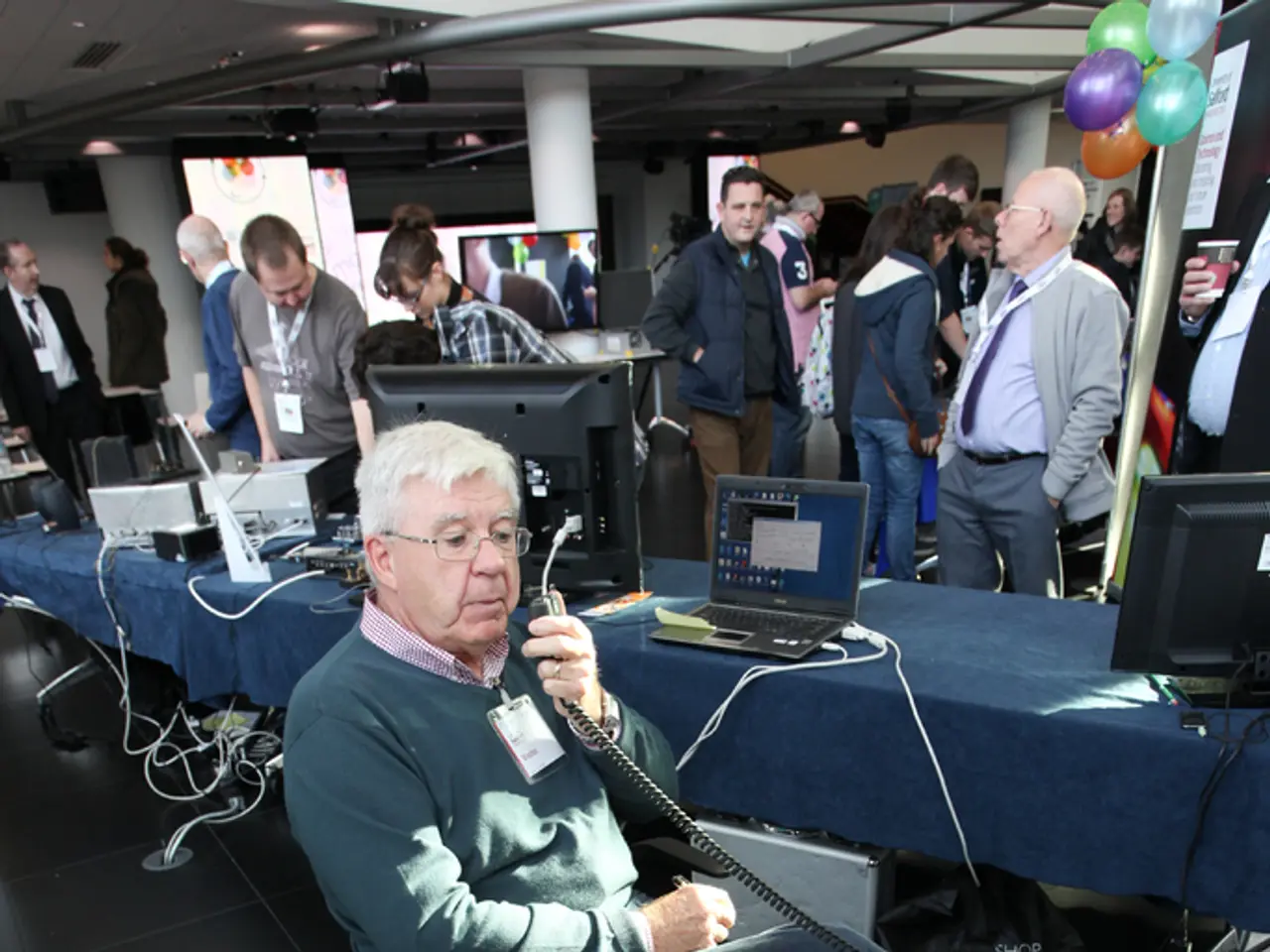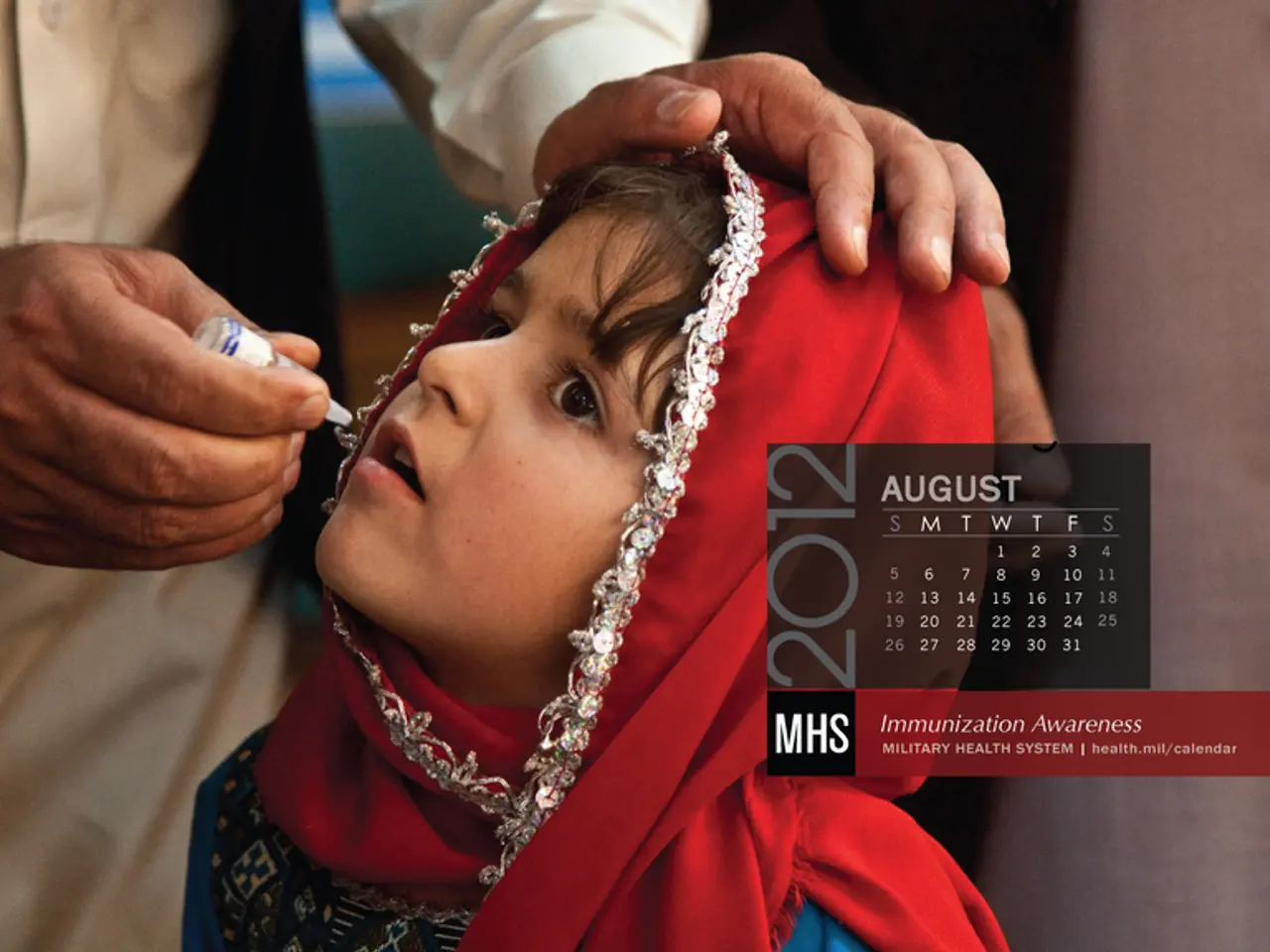Chest Strain: Understanding Causes, Symptoms, and Healing Process
A strained intercostal muscle, a common cause of muscular chest pain, often results from sudden movements such as twisting, reaching overhead, or overexertion that cause muscle fibers between the ribs to stretch or tear. The characteristic symptoms include sharp rib pain localised to the chest wall, muscle tension or tightness when reaching, twisting, or breathing deeply, tenderness to touch in the affected rib area, difficulty breathing or discomfort with deep breaths, and sometimes localised swelling around the rib area.
However, it is crucial to differentiate strained intercostal muscle pain from other causes of chest pain like heart attack or pulmonary embolism. The table below outlines the key differences between these conditions:
| Feature | Intercostal Muscle Strain | Heart Attack | Pulmonary Embolism | |-------------------------|----------------------------------------------------|-----------------------------------------------------|----------------------------------------------------| | Pain character | Sharp, localized to rib area, worsens with movement or breathing | Often pressure, squeezing, or crushing chest pain, may radiate to arm/jaw | Sudden, sharp pleuritic chest pain, may be associated with breathlessness | | Pain location | Along ribs, one side of chest wall | Central chest, may radiate | Chest or back, sometimes pleuritic (worsens with breathing) | | Associated symptoms | Muscle tenderness, swelling, pain with palpation | Shortness of breath, sweating, nausea, palpitations | Sudden breathlessness, rapid breathing, tachycardia | | Aggravating factors | Movement, deep breathing, coughing, posture change | Not typically affected by breathing or movement | Breathing deeply, coughing worsen pain | | Other signs | Muscle tightness, tenderness | May include abnormal ECG or elevated cardiac enzymes | May include low oxygen levels, tachycardia, leg swelling if DVT | | Emergency nature | Usually self-limited, improves with rest | Medical emergency requiring immediate attention | Medical emergency, requires prompt diagnosis and treatment |
Strained intercostal muscles usually cause localised, reproducible pain that worsens with movement or palpation and typically do not cause systemic symptoms like sweating, nausea, or severe breathlessness. In contrast, a heart attack involves more diffuse chest pressure and systemic signs, and pulmonary embolism presents with acute, sharp chest pain with respiratory distress.
When chest pain is sudden, severe, or accompanied by symptoms like shortness of breath, dizziness, sweating, or palpitations, urgent medical evaluation is essential to rule out life-threatening causes like heart attack or pulmonary embolism. In such cases, clinical examination, ECG, cardiac markers, and imaging tests are required for diagnosis.
In summary, key distinguishing points for strained intercostal muscle pain are its sharp, localized nature that worsens with movement and palpation, absence of systemic signs, and improvement with rest, which contrasts with the more systemic and non-positional nature of chest pain from cardiac or pulmonary embolic causes.
- Knowing the predictive signs of different medical-conditions is crucial, such as recognizing chestpain caused by a strained intercostal muscle from heartattack or pulmonary embolism.
- The pain from a strained intercostal muscle is usually sharp and localized to the rib area, whereas heartattack pain is often pressure, squeezing, or crushing and may radiate to the arm or jaw.
- Pulmonary embolism, on the other hand, can cause sudden, sharp pleuritic chest pain, which may be associated with breathlessness.
- In addition to chestpain, other associated symptoms of a strained intercostal muscle include muscle tenderness, swelling, and pain with palpation, but it typically does not cause sweating, nausea, or severe breathlessness.
- A heartattack, however, involves more diffuse chest pressure and systemic signs.
- When it comes to pulmonary embolism, it presents with acute, sharp chest pain and respiratory distress.
- If chest pain is sudden, severe, or accompanied by symptoms like shortness of breath, dizziness, sweating, or palpitations, prompt medical evaluation is essential to rule out heartattack or pulmonary embolism.
- Diagnosis in such cases often involves a combination of clinical examination, ECG, cardiac markers, and imaging tests.
- Recognizing and understanding the differences between various medical-conditions, including chronic-diseases like chestpain, COPD, pneumonia, and cancer, is an essential aspect of science and health-and-wellness.
- Mental-health is also an important consideration when dealing with chronic pain or any medical-condition, as conditions like depression, bipolar disorder, or anxiety can exacerbate symptoms and affect overall wellness.
- Adopting a balanced approach to health-and-wellness, considering nutritions, fitness-and-exercise, and mental-health, can help in managing and prevent various medical-conditions, including chestpain, sprainsandstrains, and even more complex chronic diseases.




